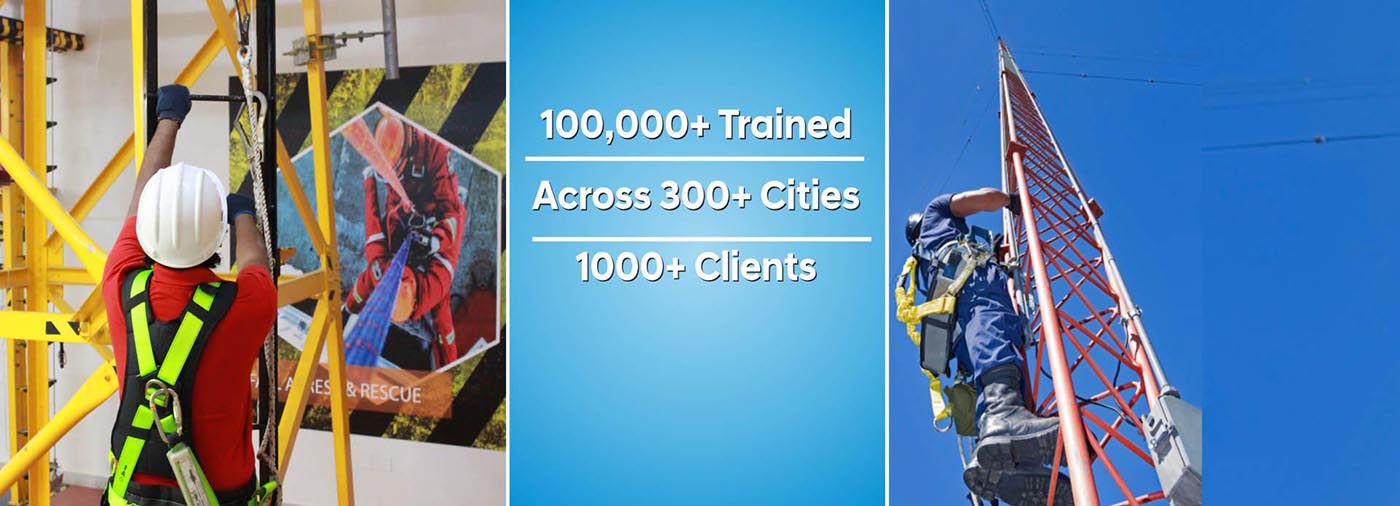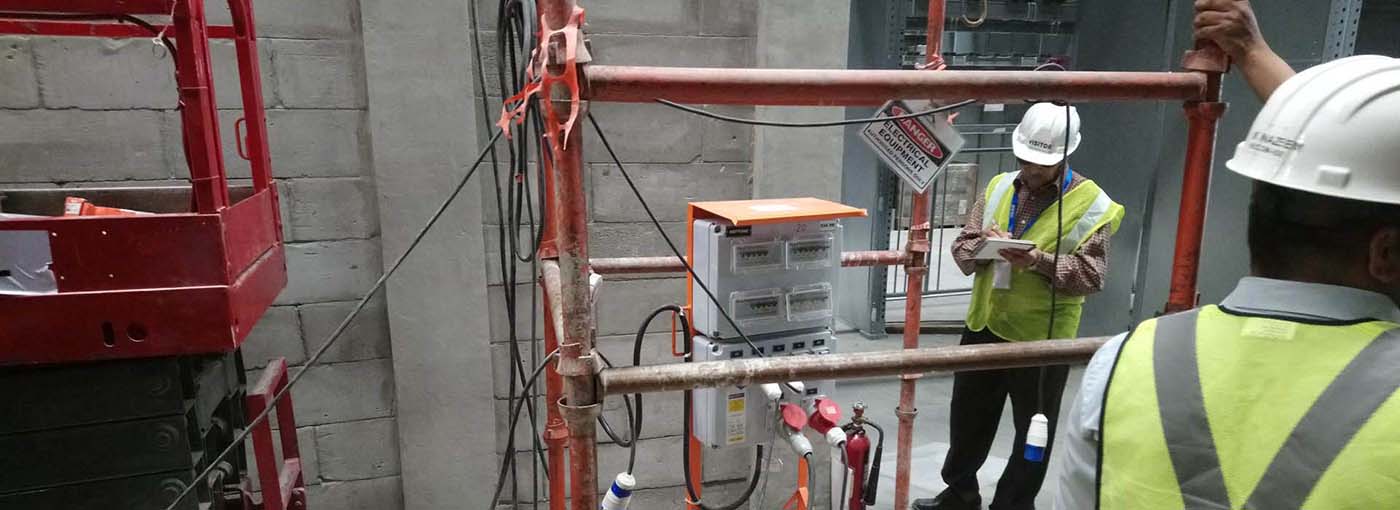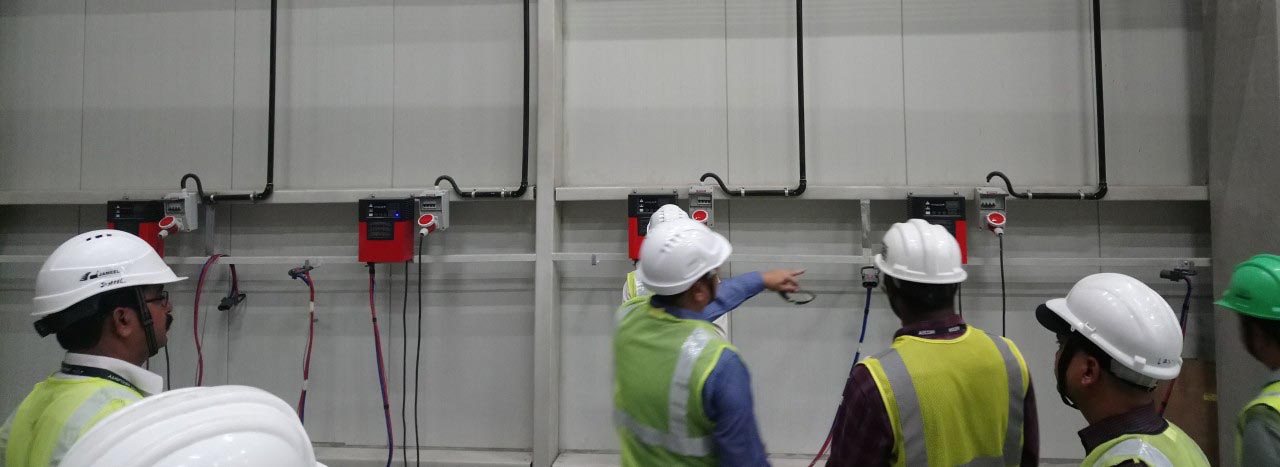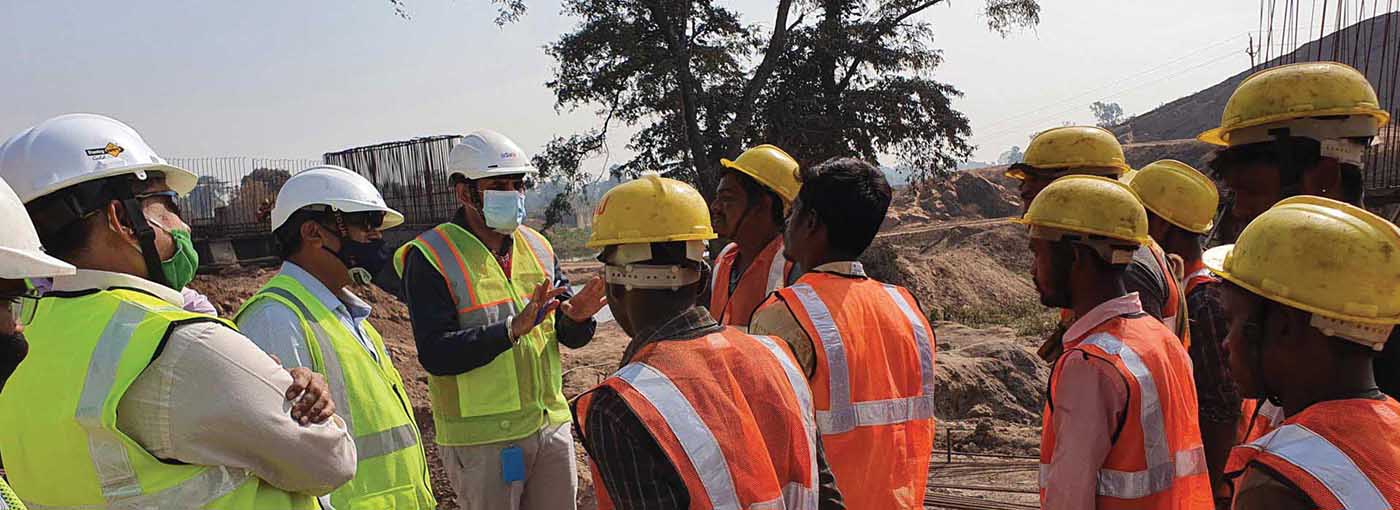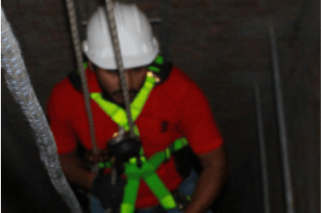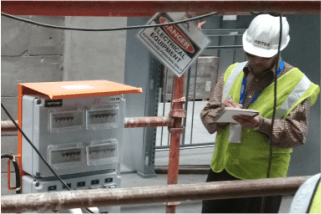Certified Training provider for FARM, JBTH, CHCTE, ESTAC, HSTAC, W@HFP, FVCE, GWO Programs, IKEA - Audit, First Aid & Life Saving Techniques and various other Safety Programs
Confined Space Training
A confined space means a space that is large enough and so configured that an employee can bodily enter and perform assigned work who has limited means for entry or exit and it is not designed for continuous human occupancy. Confined space accidents are of particular concern in occupational safety and health due to the hazards that they pose to the victim and subsequently to a rescue team. Confined space training outlines the skills and protocols for safe entry to confined spaces, and includes precautions such as locking and tagging out connecting piping, testing of breathable air quality, forced ventilation, observation of workers in the space, and a predetermined rescue plan with appropriate safety harnesses and other rescue equipment standing by.
Atmospheric Hazards
The most common hazard seen in confined spaces is that of atmospheric hazards. These affect air quality and present immediate hazards to health or life. Acceptable atmospheric conditions must be verified before entry, and must be monitored continuously while the space is occupied. The oxygen concentration, the presence of toxic gases, and flammable material are the three conditions that must be monitored.
Oxygen concentration is considered safe if it is between 19.5% and 23.5% of the total atmosphere. To protect against toxic gases, contaminants have permissible exposure limits (PELs), which are set by OSHA. Work also cannot continue if the concentration of a material reaches or exceeds 10% of its lower explosive limit.
Injuries and Fatalities
Injuries and fatalities involving confined spaces are frequent and often involve successive fatalities when would-be rescuers succumb to the same problem as the initial victim. Approximately 60% of fatalities involve would-be rescuers and more than 30% of fatalities occur in a space that has been tested and found to be safe to enter
Rescue Training
Going through the above Force Tech offers a comprehensive program on confined space safety with all relevant ecosystem which is built specifically for confined space training at Safety Centre of Excellence, Noida by certified and experienced trainers
Force Tech uses special equipment such as tripod hoists, harnesses, and others may be required to extricate a worker from a toxic environment, without unduly endangering rescue personnel. In some industrial plants, Working at Height (WAH) and Confined Space (CS) rescue services are combined and delivered together.
Training Requirements: Program design as per client requirements





